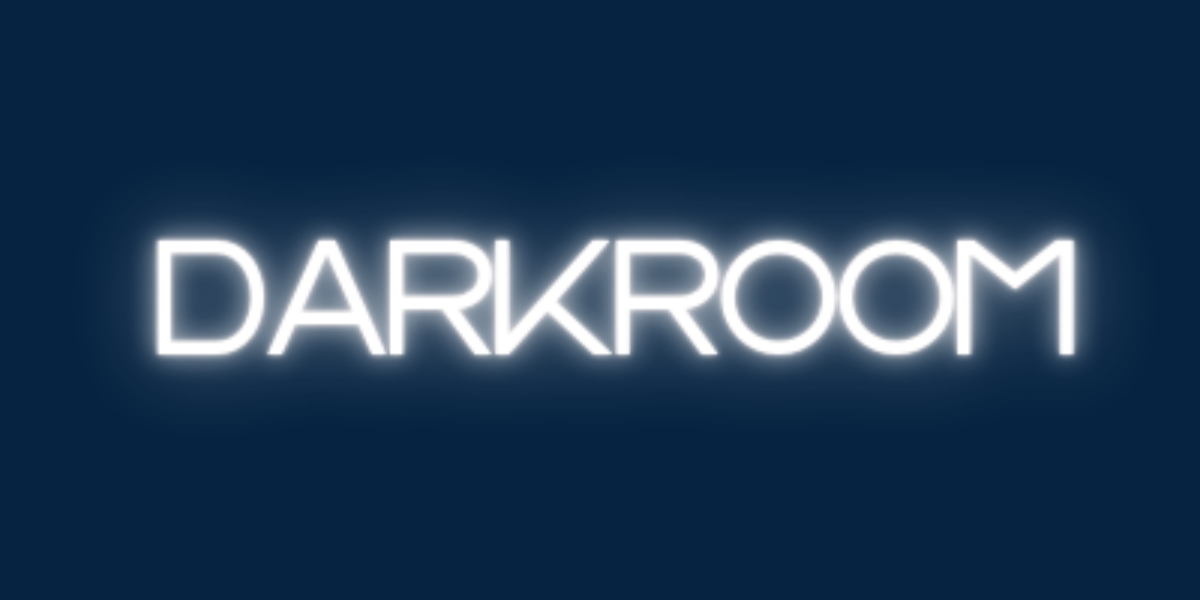One of the most exciting things about CAMHS is working on amazing art projects that simultaneously allow us to look at various aspects of mental health — and ourselves. So, safe to say, we’re excited about this one.
One of our first projects that will launch us as a nonprofit will be an exploration in photography as it relates to mental health, communication and personal disclosure. Dubbed “The Dark Room,” the project was inspired by board member and professional photographer Omar Chennafi.
Just as a dark room is essential for developing photographs and revealing images from negatives, this project aims to uncover and bring to light the hidden mental health struggles among participants. The project seeks to offer a platform where emotions and experiences, often obscured in the darkness of stigma and misunderstanding, can be brought into the open and viewed with clarity and empathy.
Here’s how it works: Facilitators will equip student participants with a disposable camera. Over several months, mental health professionals will lead the participants in a series of guided interviews with their parents or a family member aimed at helping both parties see new aspects of each other, or more appropriately, seen in a new light. Throughout these interviews, the participants will take a series of pictures that chronicle this journey, and the various emotions they experience throughout.
Participants are also encouraged to take pictures of other environments, people and things in their life that represent other aspects of their mental health journey: for example, a hiking trail, a favorite piece of clothing, a cherished stuffed animal or something that gives their mental health story depth and dimension.
The final outcome will be a photographic collection that captures nuances of emotional expression as the participants progressively feel more safe to open up, documenting the complex, emotional journey of vulnerability, transparency and understanding.
Why disposable cameras and not their phones? For one, you can’t go back and change the image on a disposable camera. You can’t put filters on it, or alter it in any way. By equipping participants with cameras, we are providing them the means of creating a snapshot in time, a tool for articulation and reflection, that cannot be changed.
Meanwhile, “The Dark Room” is more than a collection of photographs; we hope it will be a journey into the depths of mental health, shedding light on the unspoken and fostering an environment of understanding and empathy in the community. If anything, we hope to underscore the therapeutic and expressive power of photography, celebrating it as a medium that can transform personal struggles into powerful narratives of hope and resilience.
Objectives:
- Investigate the perspectives and experiences of youth and other participants concerning mental health challenges.
- Establish a platform for self-expression and storytelling through the medium of photography.
- Increase awareness about mental health issues among participants through impactful visual narratives.
- Facilitate a meaningful dialogue among project participants, mental health professionals, and the wider community.
- Explore the relationship between the surrounding environment and mental health, including the dynamics between students and their parents.
Methodology:
- Participant Selection: Select 20 individuals aged 15-24.
- Workshops: Conduct initial workshops to introduce basic photography skills and discuss mental health sensitively and informatively.
- Photography Assignment: Each participant will be given a disposable camera to capture images that reflect their views and experiences with mental health.
- Support and Guidance: Throughout the project, provide support and guidance with the help of mental health professionals and photography experts.
- Exhibition and Discussion: Host a public exhibition of the photographs and organize discussions and seminars around them.
Expected Outcomes:
- A collection of unique photographic perspectives on youth and adult mental health.
- Increased awareness and understanding of mental health issues among the youth.
- Enhanced dialogue on mental health, leading to potential policy implications and community support initiatives.
- Empowerment of participants through artistic expression and storytelling.
From the darkness into the light
Mental health stigma lives in darkness and isolation. But with 20% to 25% of the population struggling with some kind of mental health condition, almost everyone is either affected, or knows someone who is. The Dark Room aims to upend old paradigms that discourage vulnerability and openness, widening the aperture and shedding light into a subject once dark and taboo — and transforming it into a vehicle for connection and shared experience. And we have more in common than we think.
Yet while we share common experiences, our stories are as unique and individual as we are. From interpretive dance to photographic essays to personal essays, there are countless narratives and ways those stories can be told. CAMHS aims to help bring those stories out of the darkness, elevate them and provide a platform for sharing — whether that’s a stage, an art gallery, a studio, the big screen or a computer screen.
Looking ahead, our hope is that stories about our shared struggles and mental health journey in our photographic essays, and many other mediums, will one day be shared in any venue anywhere, as easily as we talk about sports or the weather, normalizing a conversation that is indeed normal. But it will start small — the personal stories delivered over a group dinner. The essays read at a bookstore. The wall of art on display in a gallery.
Changing perceptions. Changing culture. Changing the world. One story at a time.

